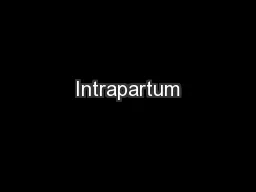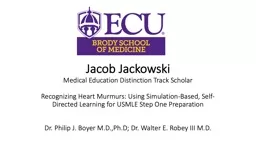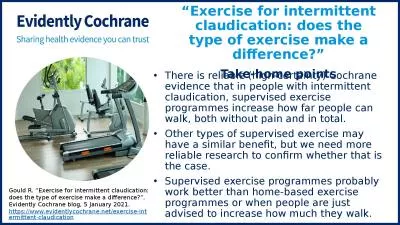PPT-Intermittent Auscultation
Author : min-jolicoeur | Published Date : 2020-04-02
Denver Health Understand the evidence supporting IA as a valid tool for assessing the FHR and fetal wellbeing Understand benefits and limitations of IA Identify
Presentation Embed Code
Download Presentation
Download Presentation The PPT/PDF document " Intermittent Auscultation" is the property of its rightful owner. Permission is granted to download and print the materials on this website for personal, non-commercial use only, and to display it on your personal computer provided you do not modify the materials and that you retain all copyright notices contained in the materials. By downloading content from our website, you accept the terms of this agreement.
Intermittent Auscultation: Transcript
Download Rules Of Document
" Intermittent Auscultation"The content belongs to its owner. You may download and print it for personal use, without modification, and keep all copyright notices. By downloading, you agree to these terms.
Related Documents









![[READ] My 8-Week Intermittent Fasting Challenge: A Journal And Guided Logbook For Intermittent](https://thumbs.docslides.com/881600/read-my-8-week-intermittent-fasting-challenge-a-journal-and-guided-logbook-for-intermittent-fasting.jpg)




